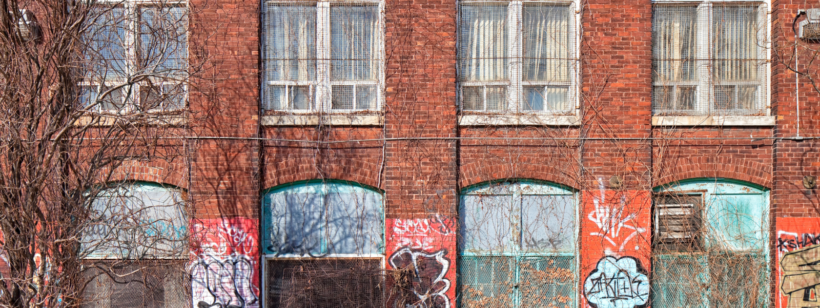Those stubborn graffiti stains got you down? Tidal Washer has a solution for you, graffiti remover! Read on to learn all about what makes up graffiti removers and what you should be using!
2 Steps to Remove Graffiti
- Identify the surface the graffiti is on.
Different surfaces will require different graffiti removers and maybe even different methods. During this step, you may also want to check if your city has any specific guidelines for removal. The last thing you want to do is damage the surface further or incur a fine.
- Select a method.
Look into different methods to get rid of graffiti. You could cover it with paint or you could look into chemical removers. If you lean towards chemical removers remember that the stronger it is, the faster it will remove paint. If you’re removing a large among of graffiti, consider an industrial graffiti remover. Many industrial graffiti removers are formulated for large projects and special surfaces. If none of those options appeals to you consider trying out a pressure washer instead. Some pressure washers have detergents you can add that will remove graffiti.
What Chemicals Are In Industrial Graffiti Remover?
Though they vary, industrial graffiti removers can fall into 5 types.
- Solvents with chlorinated hydrocarbon
- Polar solvents
- Miscellaneous solvents
- Solvents with monoglycol ethers
- Solvents with diglycol ether
Some chemicals that are used in general graffiti removal are alcohol, naphtha, turpentine, ethyl acetate, ketone and toluene, acetone, and methylene chloride.
When using a graffiti remover look for removers that have what are considered ‘safer chemicals’. For porous surfaces like wood and concrete acetone is recommended. For surfaces like vinyl siding, fiberglass, and painted wood there’s soy methyl ester. Benzyl alcohol is the safer chemical recommended for aluminum and steel surfaces. If you’re concerned about what chemicals, you should try to avoid a good rule of thumb is to try and steer clear of dichloromethane and N-Methyl Pyrrolidone.
Pressure Washing Graffiti
If you choose to pressure wash off the graffiti, consider looking into a mixable solvent that is safe for your surface of use. It can make the job go faster and easier in the long run. When pressure washing it’s important to pay attention to a few things.
- Pressure
Depending on the surface you’re washing be careful about how much water pressure you’re using. General cleaning can take 500-1500 psi. For stone conservation work where you need to be more delicate, the pressure should go no higher than 500 lbs. - Water Temperature
If you’re dealing with graffiti on metal surfaces heated water is useful. It causes the metal to expand slightly which helps break the bond. If you use heated water with a non-heat-compatible solvent, you could cause the solvent to evaporate quickly which reduces efficiency. Look for a pressure washing solvent that works with both hot and cold water to avoid this pitfall. - Washing Angle
Using a steep angle close to the wall is helpful when removing graffiti because it allows the water stream to undercut the graffiti and strip it from the surface. If you spray face the graffiti head it also increases the risk of driving the paint further in.
Looking to Find Industrial Graffiti Remover?
Tidal Washers has a variety of industrial graffiti removers, mixable power washer solvents, and power washers to help you with your graffiti removal needs! Click here to learn more!

